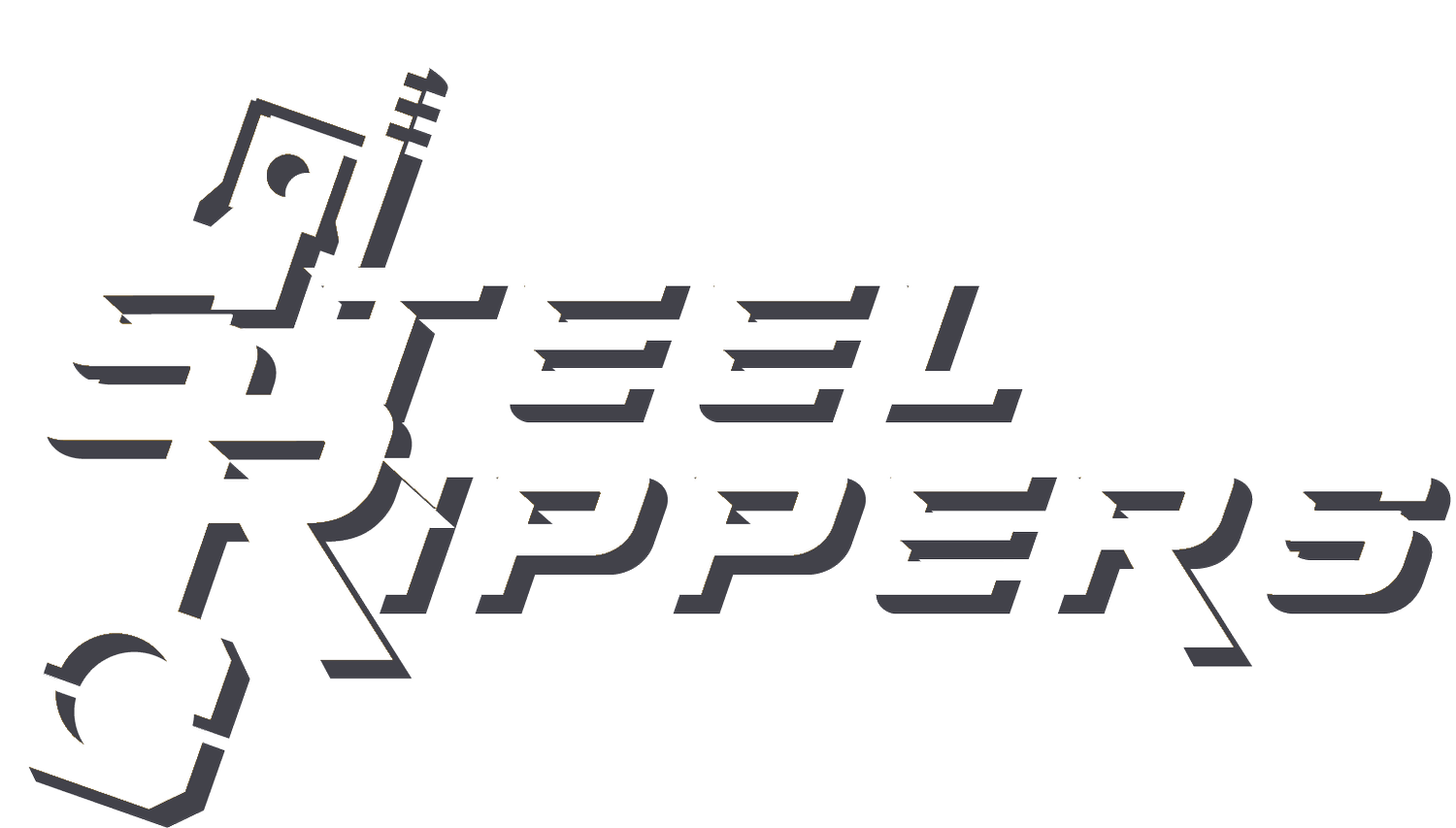Beyond the MSF: Four Skills Every Steel Ripper Must Master
We all remember that first time. Sitting on a bike in the MSF Basic Rider Course, nervously slipping the clutch and trying not to stall in front of strangers. That course is designed to be entry-level — and it does its job well. It builds confidence. It teaches safe habits. And it gives rookies just enough skills to survive, not thrive.
Here’s the truth though:
the MSF teaches you how not to die. It doesn’t teach you how to rip.
At Steel Rippers, we’re not about surviving. We’re about dominating the road. And to do that, you’ve gotta go way beyond the basics. This post is your wake-up call — four skills that separate the everyday rider from the elite. You won't find these in your starter handbook. But if you want to ride Fast as Hell and stay Hard to Kill, burn these into your muscle memory.
Cover the Front Brake — Always
You’re doing 80 mph. That’s 117 feet per second. That’s a football field in the blink of an eye. If you’re not already covering the front brake, your reaction time just cost you yards of travel before you even touch the lever — and that could be the difference between dodging a deer and catching antlers with your teeth.
Use your index and middle fingers to cover the lever. Not gripping — just resting. High-speed or low-speed, doesn’t matter. Build the habit. It’s not just for emergencies — it’s also about smoother stops, quicker slowdowns, and total control.
Body Position — Ride With the Bike, Not On It
Most cruiser and bagger riders sit bolt upright in corners like they’re in church. That might work fine if you’re cruising to Sunday brunch, but not if you’re hammering through tight sweepers, sitting upright forces your bike to lean more — and more lean equals more risk.
Professional racers know this:
less lean, more speed, less drama.
Get your inside cheek off the seat. Lock the outside knee into your tank. Stay low and look through the exit. Counter steer and push the bike away from you slightly in the turn — this keeps your upper body off the bike and your tire contact patches bigger. The bike stays more planted, the corner becomes less sketchy and you exit like a damn rocket.
Rev Matching — Stop the Bucking Bronco
Ever downshift too fast and feel the rear tire chirp or hop? That’s not a badge of honor — it’s a near-miss. If you’re slamming gears without rev matching, you’re risking control and trashing your drivetrain.
Here’s how to fix it: blip the throttle as you downshift, right before releasing the clutch. It smooths the transition, syncs engine and wheel speed, and keeps the bike calm and planted. Most new race bikes have auto-blippers for this — but you’re not made of plastic. Learn to do it right.
Bonus: it sounds badass too.
Trail Braking — The Dark Art of Speed & Control
Trail braking is the unicorn. Most riders have heard the term, but very few know how to do it — and even fewer do it right.
Instead of finishing all your braking before the corner, you carry front brake pressure into the turn, gradually releasing when its no longer needed. This “loads” the front tire, improving grip, reducing lean angle, and allowing fine-tuned speed control. It’s how racers charge into blind curves with full confidence.
Warning: if you just dump the brake mid-corner, your front suspension will snap back like a mousetrap — and you might get launched. Initially ease out the lever, let the front end stay smooth, and ride that wave of grip straight out of the apex.
Final Thoughts
Here’s the hard truth — you’re not going to master these skills by reading blog posts or binging YouTube clips. That’s like learning to box by watching Rocky. You need real reps. Ideally, you get into an in-person course where expert riders can show you, watch you, and correct you — because yeah, you will do it wrong at first. That’s how learning works. And face-to-face feedback is worth its weight in forged steel.
That said, I get it — not everyone has access to high-end coaching or track schools. If that’s your situation, check out the Champ U online program from Yamaha Champions Riding School (YCRS). It’s some of the best digital instruction available. It won’t replace a live coach, and you might not nail every move perfectly on your own — but you’ll understand the why and how, and that’s the first step to riding at the next level.
If you’re still riding with only what the MSF handed you, you’re not a bad rider — you’re just unfinished business. But the good news? These four skills are learnable, repeatable, and they’ll change your ride forever.
Remember, Fast As Hell doesn’t mean reckless. It means ready.
– Bagger Shawn
Founder, Steel Rippers
Fast as Hell. Hard to Kill.
